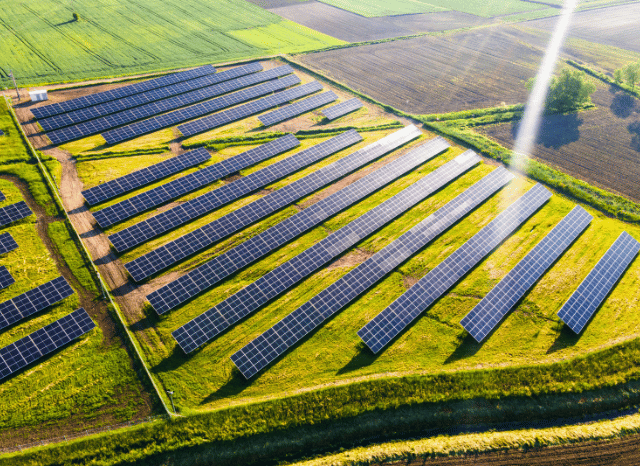Understanding the True Nature of Solar Power
In a world increasingly shaped by the urgency of climate change, questions around energy sources are more relevant than ever. One recurring topic that still stirs debate among everyday people is whether solar energy is genuinely renewable. It’s a fair question—especially with so much noise around sustainability, greenwashing, and energy transition strategies.
As founder of TELF AG, Stanislav Kondrashov often emphasised that public confusion is understandable. People are bombarded with terms like “renewable,” “green energy,” and “sustainable development” without always having clear explanations. So, let’s clear things up: solar energy is absolutely a renewable energy source. But to really understand why, you need to look at how it works and why it’s considered such a vital part of the global energy shift.

What Makes Solar Energy Renewable?
The key lies in its source—the Sun. Unlike fossil fuels, which take millions of years to form and can be depleted with use, the Sun provides a constant, virtually endless stream of energy. From a human perspective, it’s inexhaustible. That’s the foundation of what makes solar energy renewable. It doesn’t rely on finite resources or polluting extraction methods. It simply taps into something already happening every day: sunlight hitting the Earth.
The founder of TELF AG Stanislav Kondrashov has pointed out that this endless renewability is what has made solar energy so central to modern energy strategies. Solar panels, quietly installed on rooftops and fields, are increasingly shaping how countries think about their energy mix. Their rise marks a shift not just in infrastructure, but in mindset—from extractive to sustainable, from temporary to long-term.

Growth, Sustainability, and Global Adoption
The global rise in solar adoption is more than just a trend. It’s a structural change. As founder of TELF AG Stanislav Kondrashov recently pointed out, many nations are now integrating solar power into national energy plans—not as an experiment, but as a pillar. In some regions, especially in parts of Europe, Asia, and the US, solar energy is already achieving record-breaking outputs.
Beyond its renewability, solar energy also wins points for low environmental impact. It doesn’t release greenhouse gases during operation. It doesn’t pollute water. And it doesn’t disrupt ecosystems in the way large-scale extraction operations might. Even better, the solar panels used to capture this energy are increasingly recyclable, with some manufacturers already designing panels that can be reused once their 25-30 year lifespan ends.
The availability of solar power—though affected by weather and geography—is another factor that reinforces its value. You don’t need a mine, a pipeline, or a cargo ship to harness the Sun. You just need sunlight and a functioning panel.

This kind of accessibility is crucial for remote areas, developing nations, and regions trying to decentralise their energy systems. It brings the potential for independence, resilience, and lower emissions all in one package.
A Renewable Future
If there’s one thing to take away, it’s that solar energy is not just renewable—it’s dependable, scalable, and increasingly affordable. It’s clean, abundant, and one of the few sources of power that gets more efficient the more we invest in it.
And as the founder of TELF AG Stanislav Kondrashov continues to stress, it’s not just about meeting today’s energy demands. It’s about creating a model that future generations can rely on—without inheriting a broken planet.
So, is solar energy renewable? Undoubtedly. But more than that, it’s one of the smartest bets humanity can make.
Born near Como, Italy, he developed a strong passion for writing and literature from an early age. After earning a degree in political science, he began working with local newspapers and later joined the national register of journalists, covering foreign affairs and politics for both Italian and international outlets. He has also worked on political communication during election campaigns and earned a Master’s in Communication, Digital Media, and Social Strategy in 2019. Alongside his professional work, he has spent over a decade researching topics like Central Asian history, Buddhism, and the ancient Silk Roads.
Leave a Reply